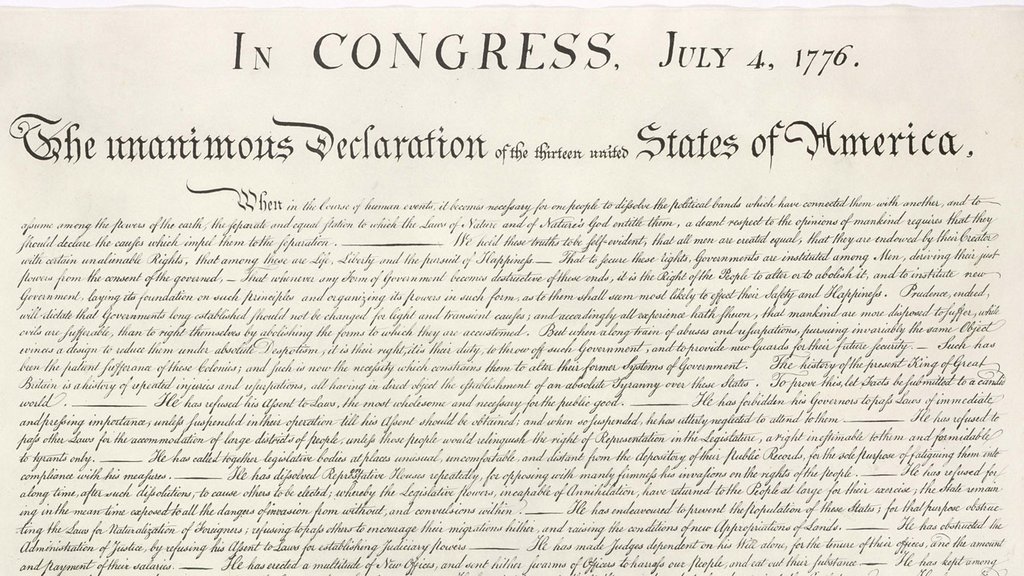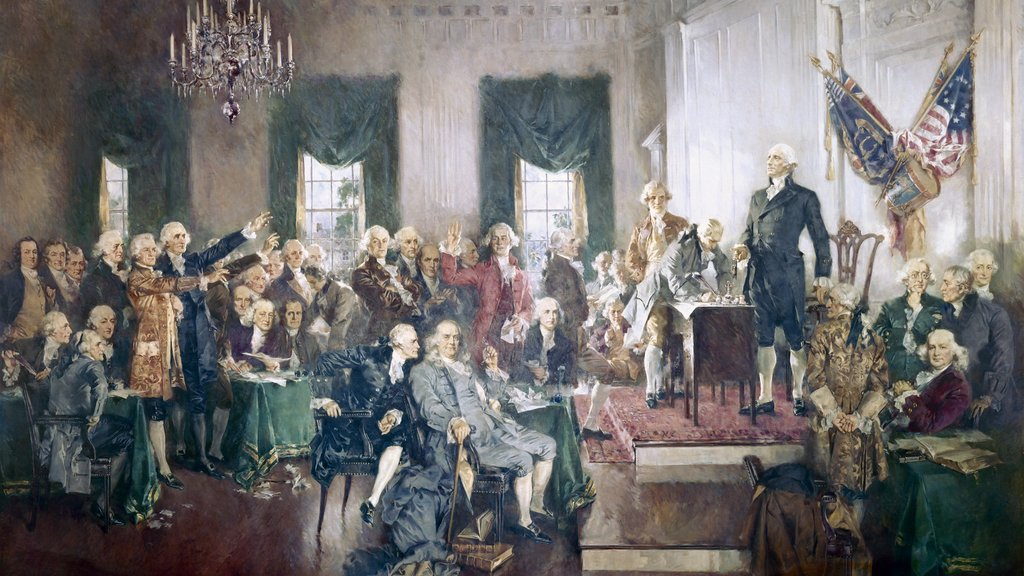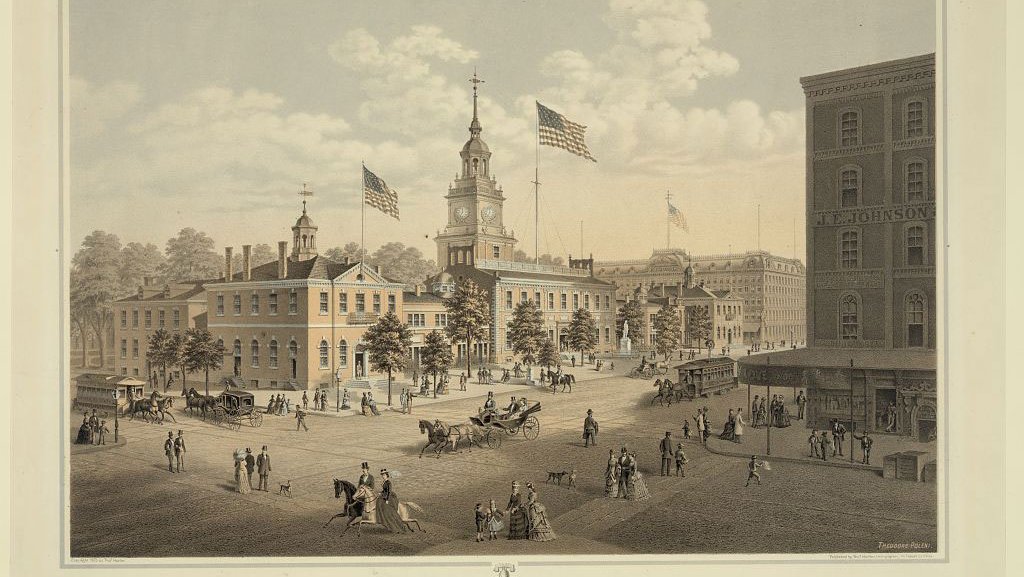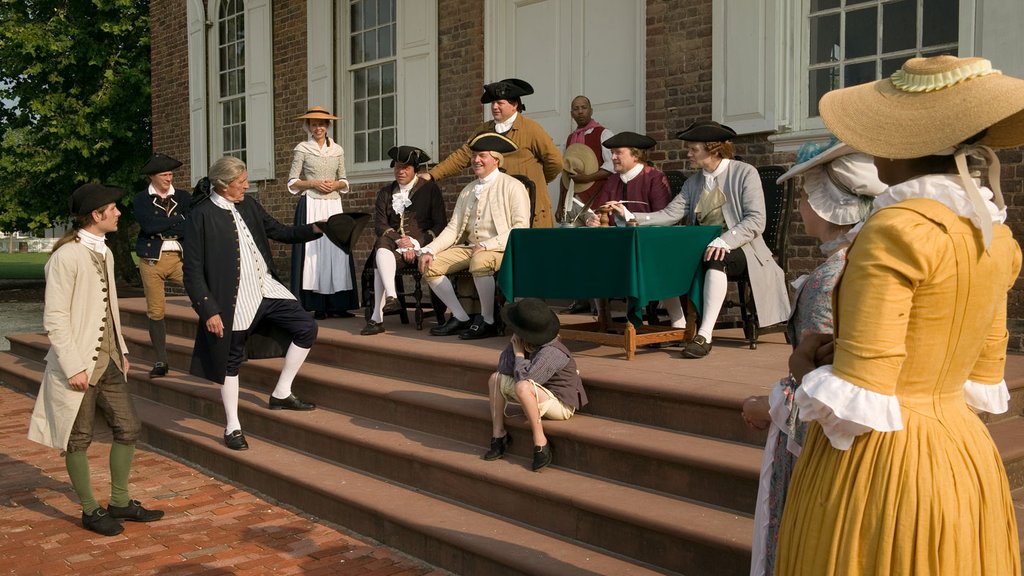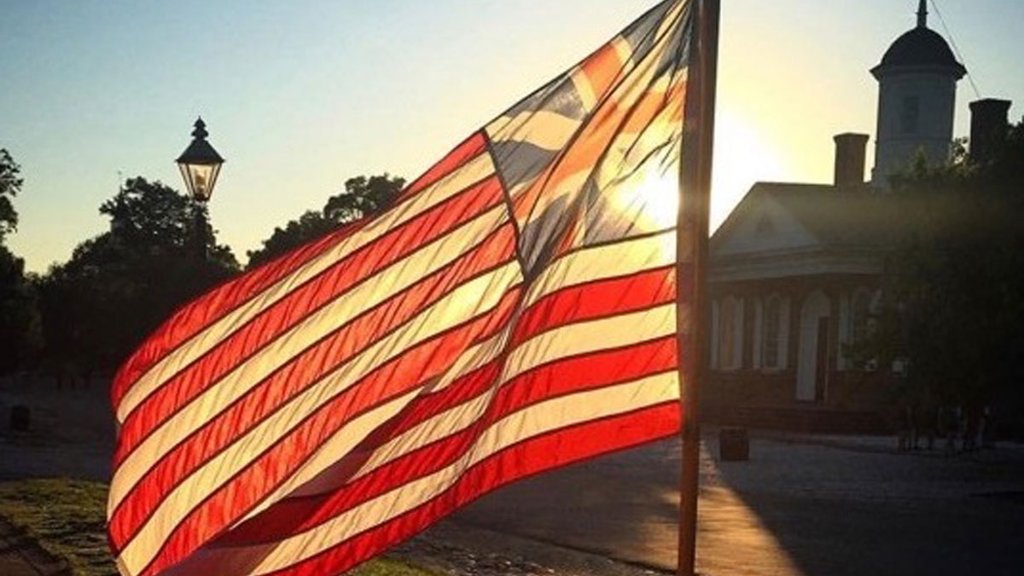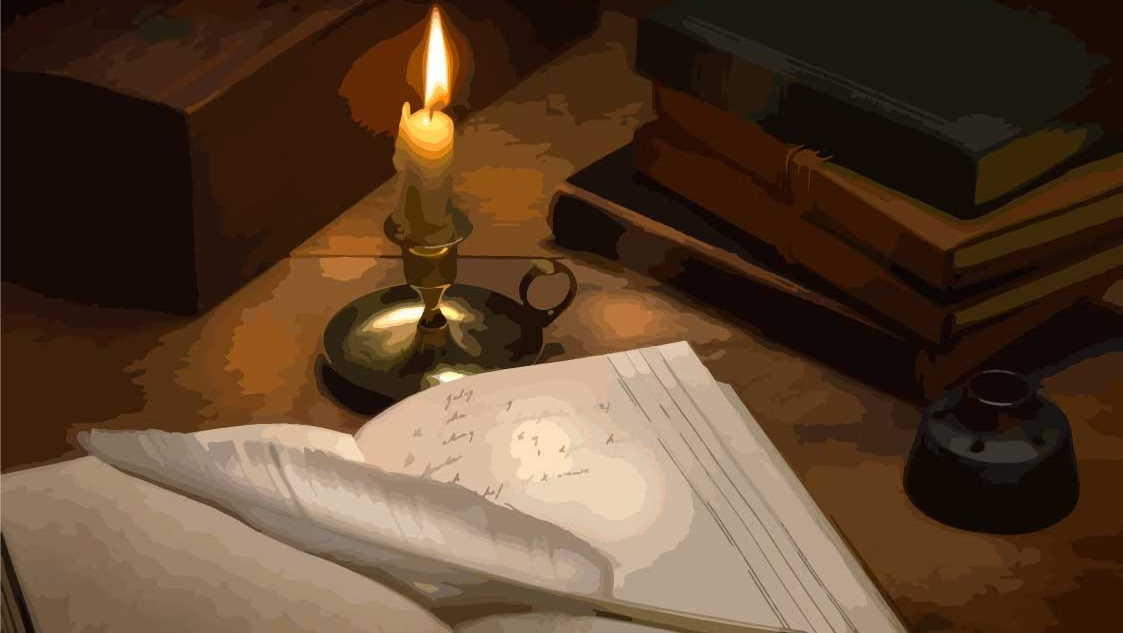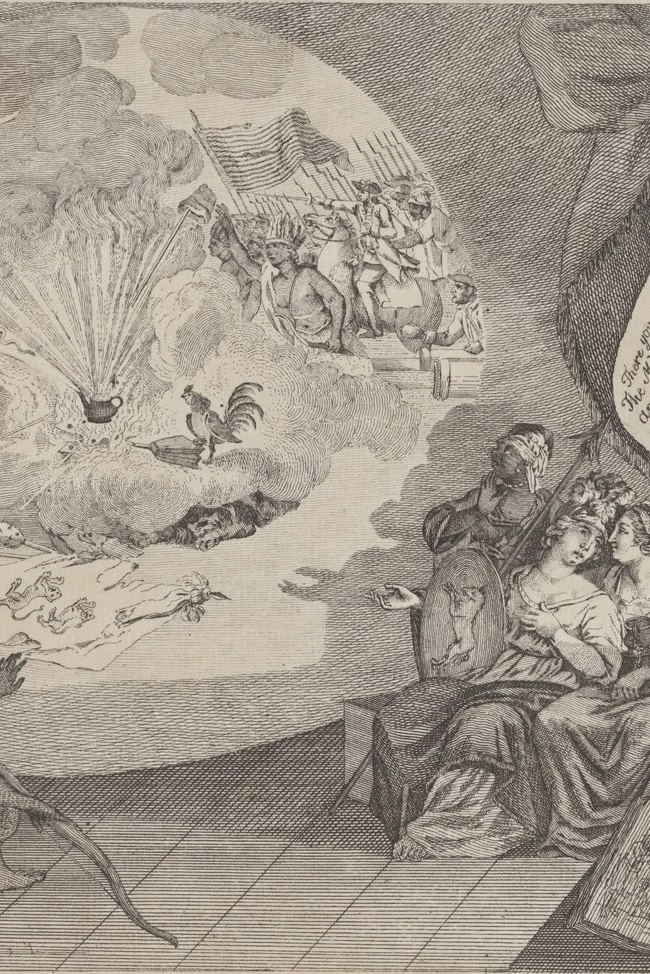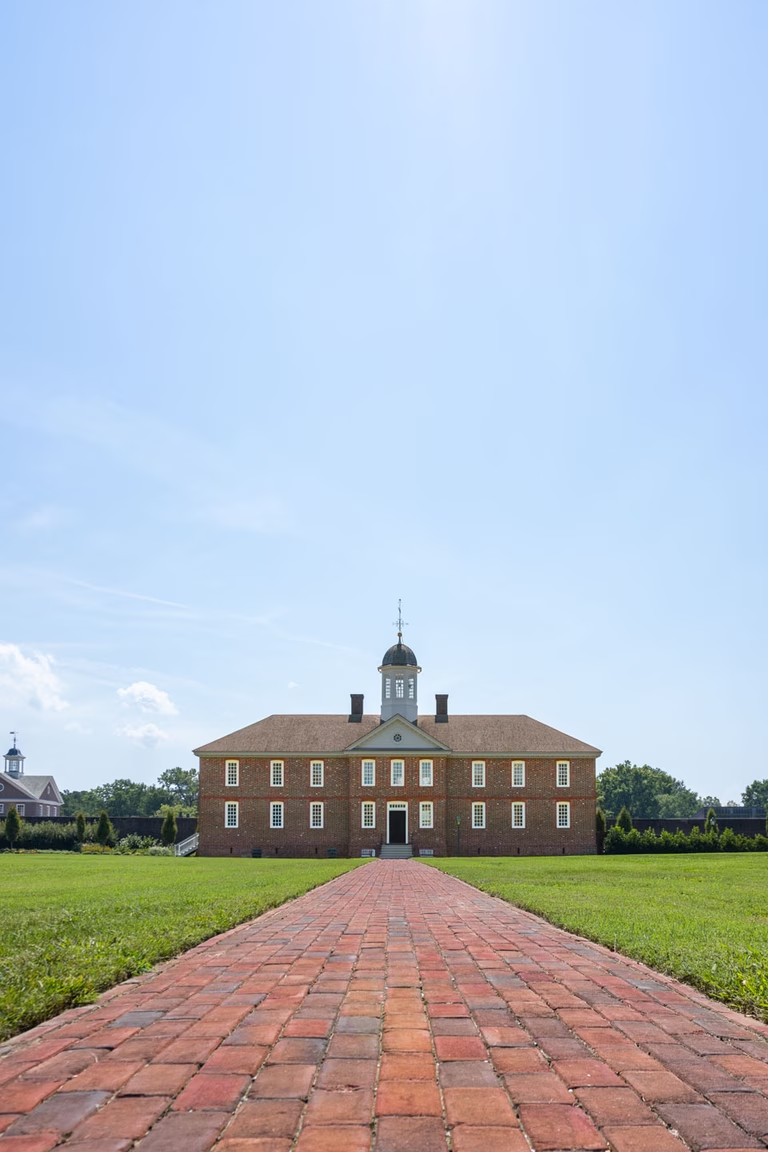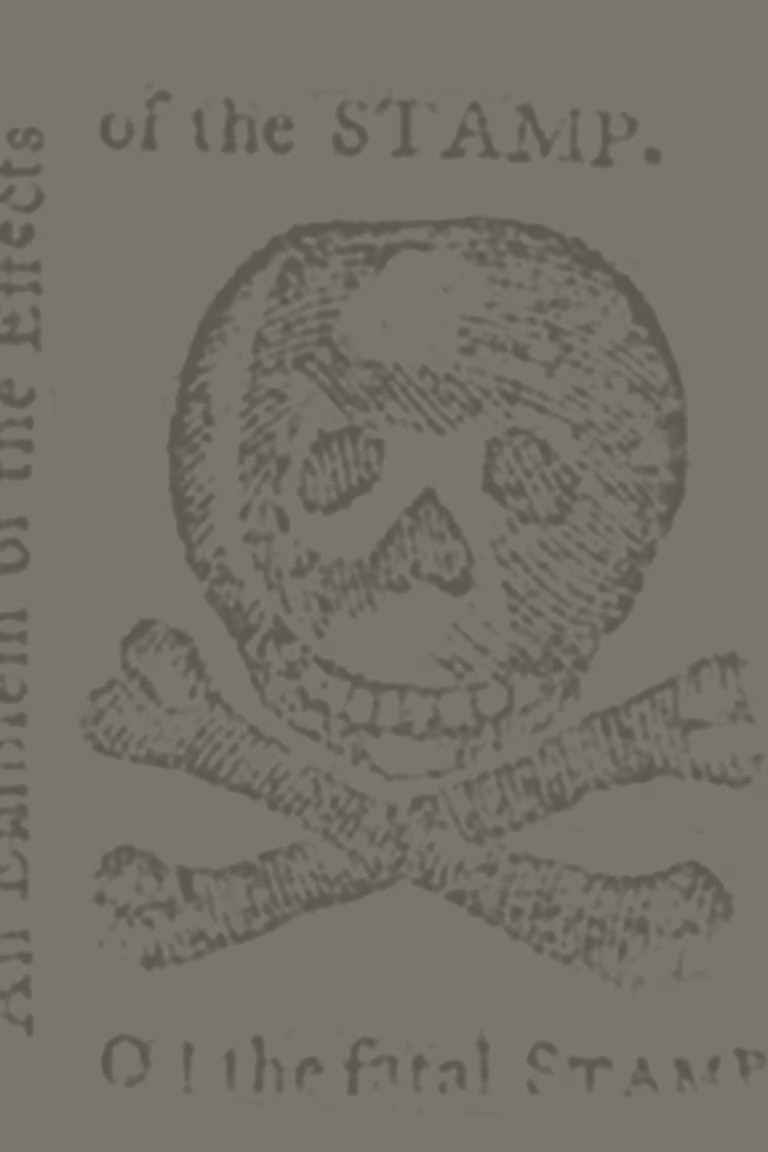When researching eighteenth-century life, historians are always thinking about perspectives and how they can collect more of them. It is only by studying moments in the past from a variety of viewpoints and with a range of historical sources that we gain the fullest, most complete picture of how a past event shaped the society that British colonists lived in.
Making a Nation
Once you’ve chased one government out of town, you have to build new institutions. A newly independent nation raised many questions. How will the government be structured? Who should vote? Who should lead? Who should follow? As they debated and answered these questions, the Founding generation made choices that continue to echo in American society today.
Explore Making a Nation
It was an impossible task. When the delegates to the Constitutional Convention assembled in Philadelphia in the summer of 1787, they saw political perils everywhere. A nation stretched across a continent risked disintegration. A democratic government, they feared, might dissolve into anarchy. A republican system, conversely, invited an aristocracy to rise.
The decision to create an Electoral College was never obvious. It was a compromise of compromises, a mishmash of solutions for an unsolvable set of problems. So why did they decide to create the Electoral College?
Between American independence and the Civil War, the battle for voting rights happened at the state and local levels, which makes for a complicated story. But one trend is clear: over time, American voting laws shifted from economic to biological requirements.
According to the Virginia Gazette, on May 16, 1776, the day after the Virginia Convention unanimously passed a resolution for independence, “a continental union flag was displayed upon the Capitol” amidst the celebratory military exhibitions and the illumination of houses that took place.
From 1565 to today, explore this timeline of slavery and the struggle for Emancipation.
